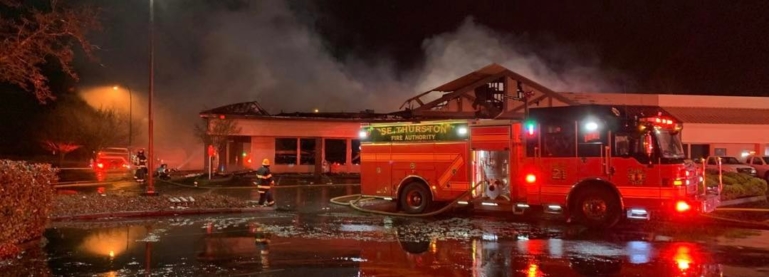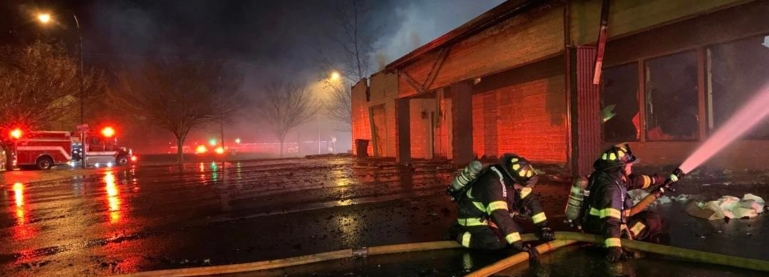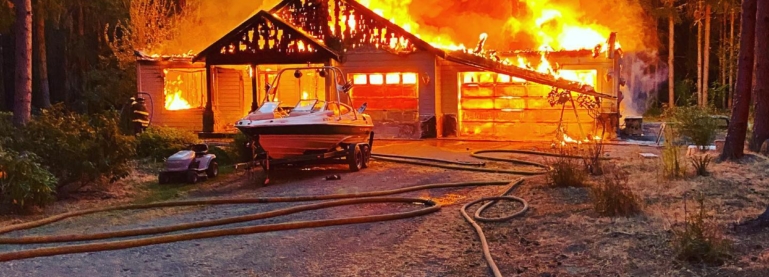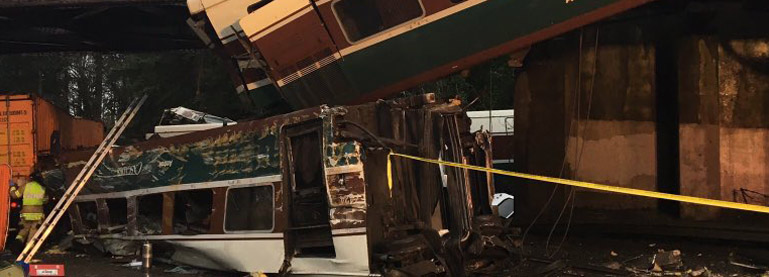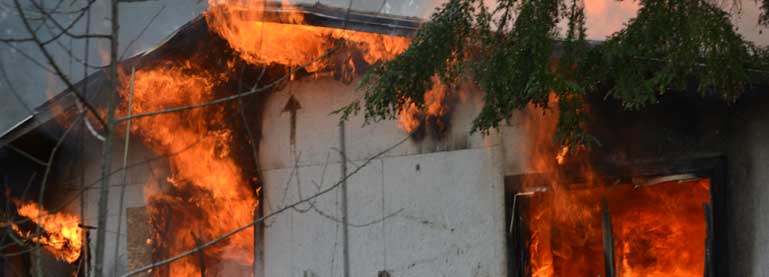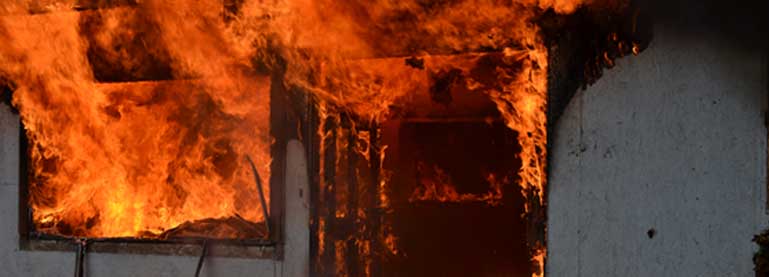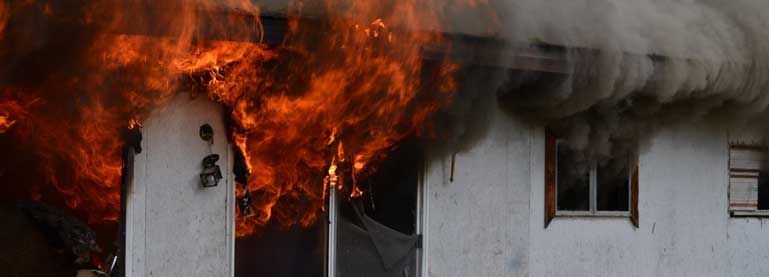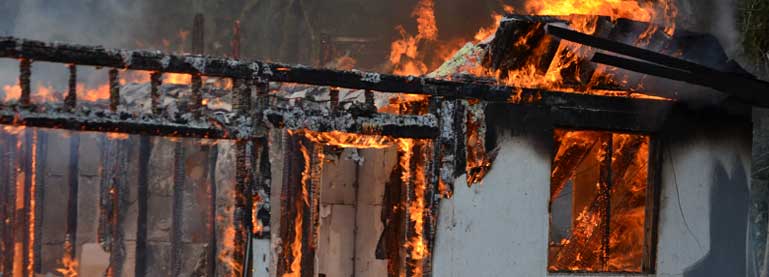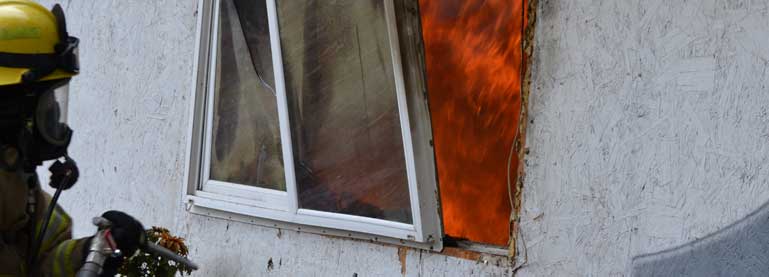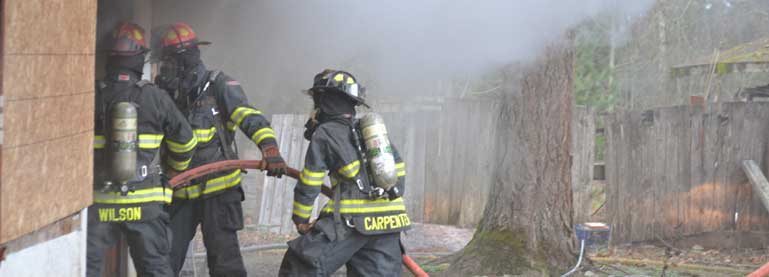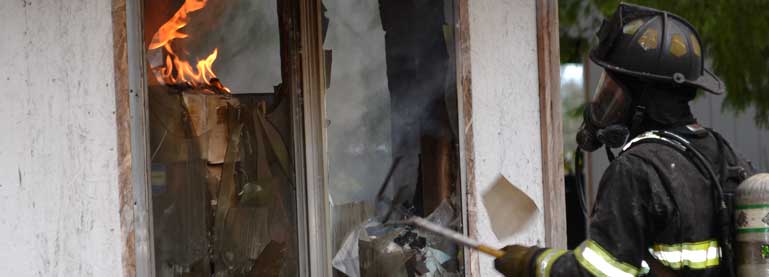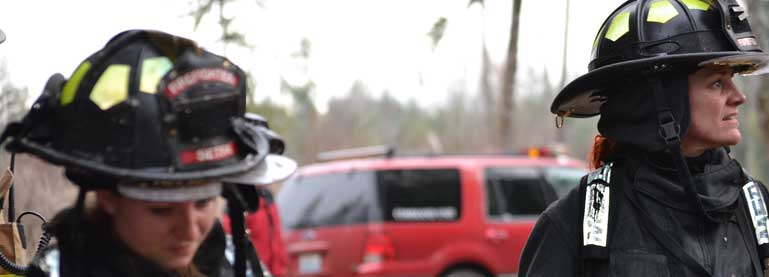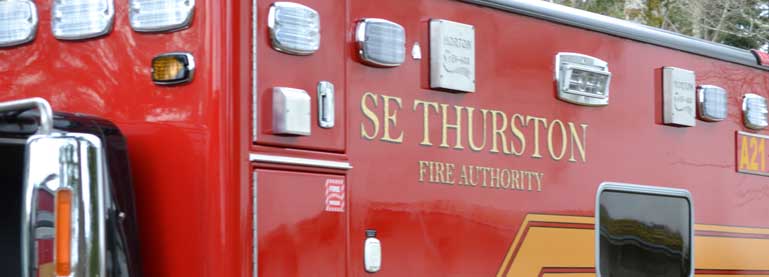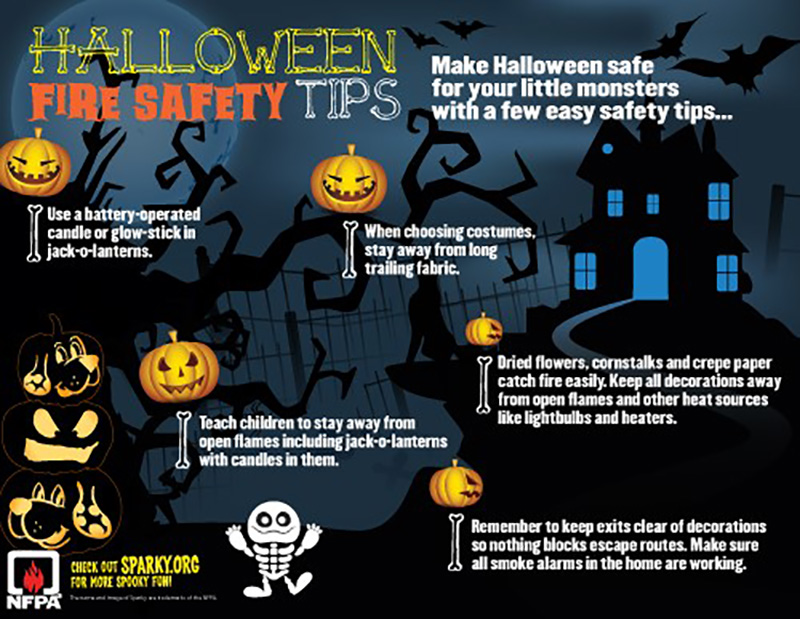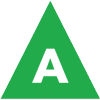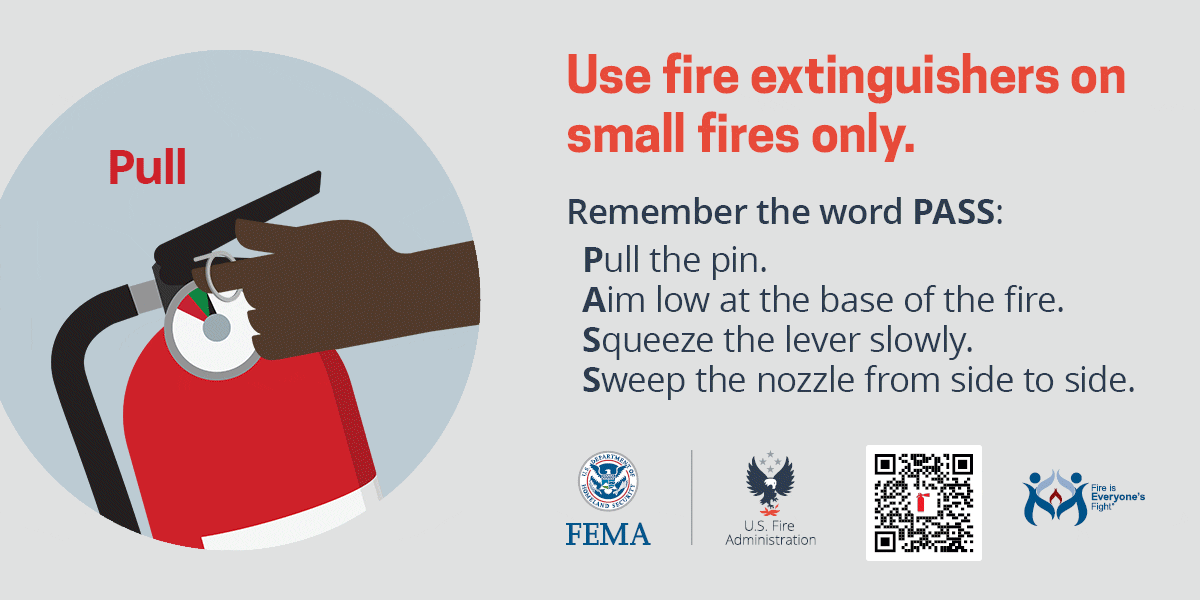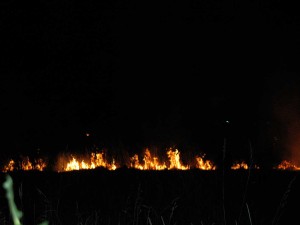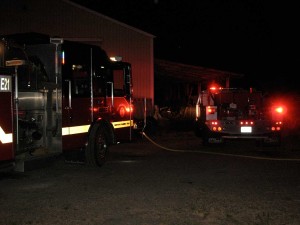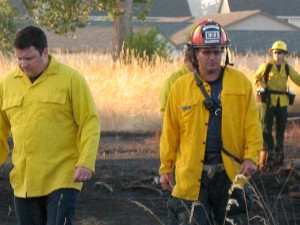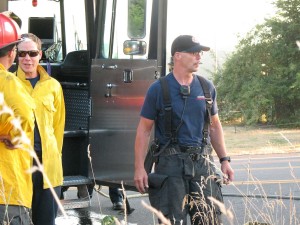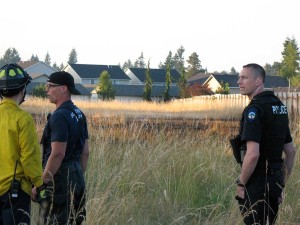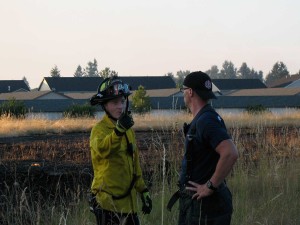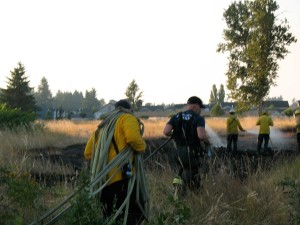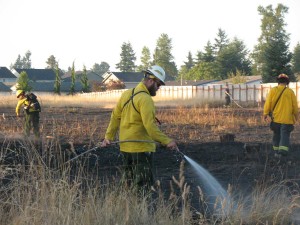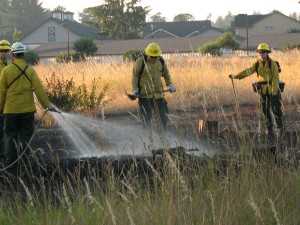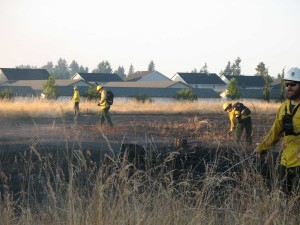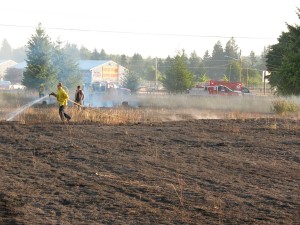Christmas tree fires aren’t just a cautionary tale, they’re real and very dangerous. US Fire response teams put out around 200 Christmas tree fires per year, and while the odds may seem low that you’d be one of those 200, the severity of a Christmas tree fire makes the risk far more dangerous, despite them being largely avoidable if the proper safety measures are taken.
- Approximately 1 out of every 50 house fires that begins with a Christmas tree result in at least one death.
- 25% of Christmas tree fires start due to electrical issues or heat sources near/on the tree, such as lights, fireplaces, heaters, candles, and more.
- About 50% of all holiday decoration fires occur due to proximity to a heat source.
Following these simple safety tips can help prevent a catastrophe during your holiday season:
- Check light strings before hanging them. Cords can degrade over time, whether naturally or from outside forces like rodents or weather.
- Dispose of Christmas lights with damaged cords.
- Do not exceed the maximum number of light strings attached to each other. This number should be in the manufacturer’s instructions that came with your lights.
- Unplug or turn off your Christmas lights before leaving the house or going to sleep.
- Do not place your Christmas tree near a heat source, such as a fireplace or heater.
- Do not hang burning candles on your Christmas tree. Use LED candles instead.
- Place a temporary smoke detector near your Christmas tree.
Real Tree vs Synthetic Tree
Real Christmas trees are significantly more likely to catch fire than synthetic trees. While this does not mean synthetic trees are 100% safe from this risk, it does mean that extra caution and steps should be taken when using a real tree. A real tree is nearly 3 times more likely to catch fire than a synthetic one.
- Make or ask for a fresh cut on your real Christmas tree stump before putting it up.
- Water your tree daily, as long as it continues to take in water.
- Look for a tree that isn’t already shedding needles, and ideally has sap on the trunk.
- Clean up fallen needles daily, and if possible gently brush your tree to get the dried needles off.
We obviously want everyone to have a fun and safe Christmas, and a tree fire is a real danger that can be easily avoided. Take these steps to ensure your safety, and have a wonderful holiday season!

